Will favour of Lord Jagannath tide over Indian festive sentiments this year?
On June 23, 2020, in a surprise decision the Supreme Court modified its earlier order allowing the conduct of the Jagannath Rath Yatra in Puri, Odisha. Satyabrata Das, Head of Strategic Alliances and Corporate Communications and COO, Mediakeys India, said that Oriyas around the world welcomed and rejoiced the SC’s decision.
Also read: If you ask ‘How’s the Josh?’ we’ll respond ‘Hain Taiyaar Hum’: Gaurav Dublish
According to the Rath Jatra website, Rath Yatra or Ratha Jatra, the Festival of Chariots of Lord Jagannatha, is celebrated every year at Puri, the temple town in Odisha. The presiding deities of the main temple Sri Mandira, Lord Jagannatha, Lord Balabhadra and Goddess Subhadra, with the celestial wheel Sudarshana are taken out from the temple precincts in an elaborate ritual procession to their respective chariots. The huge, colourfully decorated chariots are drawn by thousands of devotees on the bada danda, the grand avenue to the Gundicha temple, some two miles away to the North. After a stay for seven days, the deities return to their abode in Sri Mandira.
Jagannath Rath Yatra is the biggest of the Rath Yatras, says Das. While various Hindu Gods are celebrated during Rath Yatra, Jagannath (incarnation of Lord Vishnu) is considered the greatest among them all.
The Jagannath Rath Yatra is a 462-year-old unbroken tradition that came under threat for the first time by the restrictions imposed due to COVID-19. It is not just a celebration for devotees, but also attracts thousands of tourists across the country to Odisha. Das was the first to organise the live telecast of the Rath Yatra back in 2001, when he was Channel Head of ETV Odiya. He recalls that before TV coverage of the event went mainstream, the Rath Yatra used to pull in crowds of 15-20 lakh. Today, those crowds have reduced to 10-15 lakh, he remarks.
TV coverage of the Rath Yatra introduced crores of viewers to the event and commercial interests soon followed. Das claims, “Every Oriya, no matter where they are in the world, would tune in to watch the Rath Yatra. I watched it myself along with my family each year.” Special packages and TV only events were curated to woo brands who wanted to reach these audiences.
The major event for TV coverage of the Rath Yatra is the first day which covers a distance of 60 km from Bhubaneshwar to the Jagannath Temple in Puri. The idols of the deities then stay in the temple for 9 days before returning. The return journey, which is called Bahuda, is the other significant part of the festivities that receives a lot of media coverage.
Media consultant and CEO of Inclusive Marketing, Debu Mishra, says that viewership reaches its peak during one of the important rituals called ‘Pahandi’, when idols of the deities ascend their chariot. “When idols of Jagannath, Subhadra and Balabhadra are placed on the chariots, they are beautified using gold and ornaments.” While coverage changes depending upon the channel, Mishra claims that in general, TV coverage of the Rath Yatra begins at 9.30 am in the morning and continued till 6 pm in the evening. The program lasts the entire day.
Das observes that to sustain viewer interest in the festival, broadcasters curate special programming along with Rath Yatra and Bahuda. Before the procession for Rath Yatra begins, the idols and their chariots are decked with gold and ornamentation. The day after, a ritual called ‘Adhar Pana’ is conducted. Another event, called ‘Snana Purnima’, happens a few days before the Rath Yatra, where the idols are washed. When the deities reach the Gundicha temple, foreigners are not allowed in, so Lord Jagannath is brought out by the temple priests so that he may meet his devotees. Some of these events can be viewed via live coverage only.
Channels sell packages, including all events, to advertisers. Laqshya Media Group’s Das estimates that half of the spends are allocated only for the Rath Yatra while rest go to the other events. During his time at ETV Odiya, Das remarks that they were the first and only channel that year to cover Rath Yatra on television but today, other channels like OTV, Prarthana TV, Kanak News, Kalinga TV, Zee Odisha, Zee Sarthak, and News7. Most of the channels are news channels, except Prarthana TV, which is a religious channel and GEC Zee Sarthak. Mishra states that even mainstream Hindi news channels and regional newspapers would pick up highlights of the festival.
Ad Spends
According to Das, OTV and Prarthana TV sell slots to advertisers in a package. BARC data for Week 24 shows that OTV is the leading Oriya news channel 45,777(000) impressions and Prarthana TV is among top 5 Oriya channels clocking 29,711(000) impressions.
Sanjay Tripathy, CEO, Agilio Labs, observes that “Media spends on Jagannath Rath Yatra are usually to the tune of Rs 5-10 crore with media like TV, print, Out of Home (OOH) and radio being leveraged.” He believes that due to COVID-19 spending this year will be subdued to the tune of Rs 1-2 crore.
However, Das is inclined to believe that the SC decision has given some buoyancy in the market and spending should reach Rs 5.5-6.5 crore even in these tough times. He adds that TV would get most of the spends around Rs 4-5 crore, while print and other mediums would have to share the rest. OOH would be worst affected due to COVID-19 sentiment. Leading Oriya language newspapers will win a significant share of spends on the days of Rath Yatra and Bahuda. Das estimates that Rs 1-1.5 crore go to local papers. Most of the monies would go to leading dailies like Sambad and Dhariti trickling down to other papers. He estimates that overall brand spending would account for Rs 4.5-5.5 crore during the festival.
A lot of categories that want a foothold into the heartland of India invest in festivals like Rath Yatra. The consumer sentiment during Indian festivals is unlike any other. FMCG, Auto, Telcos, BFSI, Jewellery, and personal care are all strong takers for such events. “All white goods, retailers and local brands would advertise on TV,” says Mishra.
This year, Das observes, “I see a lot of activity by brands like Dabur, Amul, Fortune, Tide, and JSW Cement, but I am shocked to see BFSI and Banking brands missing out on the action. Historically, brands like Lifebuoy, Dettol, ITC Foods, Hero Honda and TVS would advertise a lot, but they are not there this year. The last-minute announcement by the Supreme Court plus the COVID-19 restrictions have thrown a lot of confusion in the plans of marketers.”
The COVID-19 impact
SC has laid strict guidelines to be followed in terms of hygiene and social distancing while conducting the festival. However, news reports that have poured in since the festivities began indicate that most of these rules were blatantly flouted. The servitor of the Jagannath Temple in Bhubaneshwar has tested positive for COVID-19. Observers are comparing it to the Tablighi Jamaat incident in Delhi, saying that it is even more grave as it is during the peak of COVID-19 cases.
Most advertisers are expecting an uplift in consumer sentiment during H2 of 2020 when the festive season begins. The upcoming festivals are Guru Purnima (July), Raksha Bandhan (August), Janmashtami (August), Ganesh Chaturthi (August), Onam (August-September), Durga Ashtami (October), Dussehra (October), Diwali (November) and Christmas (December).
If the laxity shown by the people leads to a spike in COVID-19 cases, then future festivities might be jeopardised with the tightening of lockdown restrictions. That will surely hurt advertisers who have been eagerly waiting for the situation to settle down. Many fortunes are tied to the success and failure of Jagannath Rath Yatra. Will Lord Jagannath’s blessing be enough to tide us over?




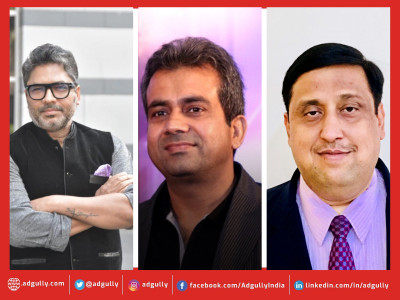


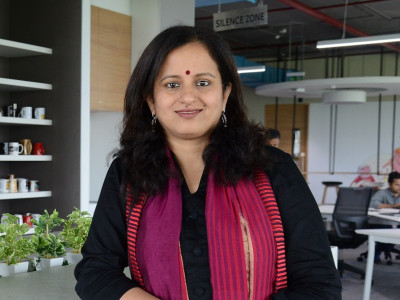
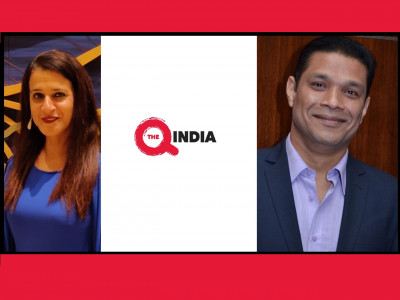
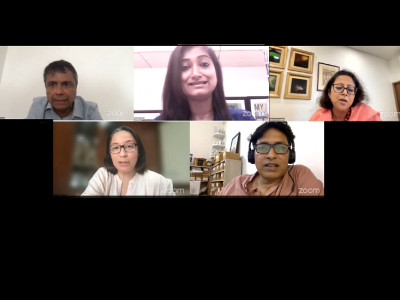
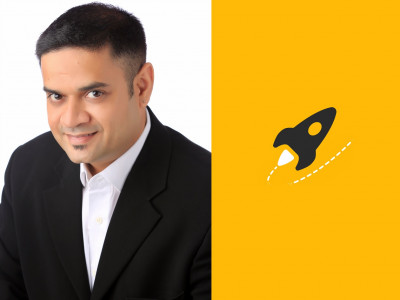
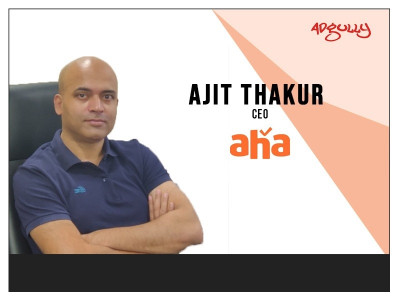
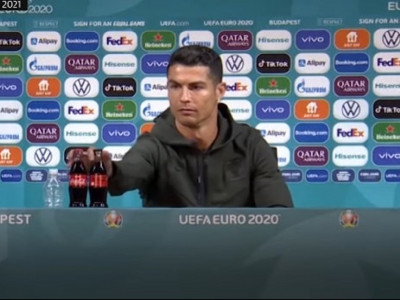

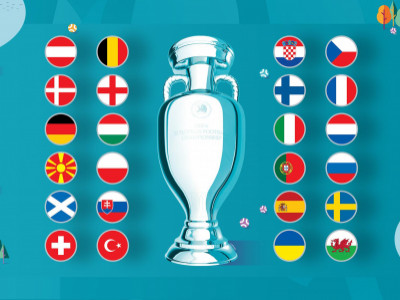

Share
Facebook
YouTube
Tweet
Twitter
LinkedIn